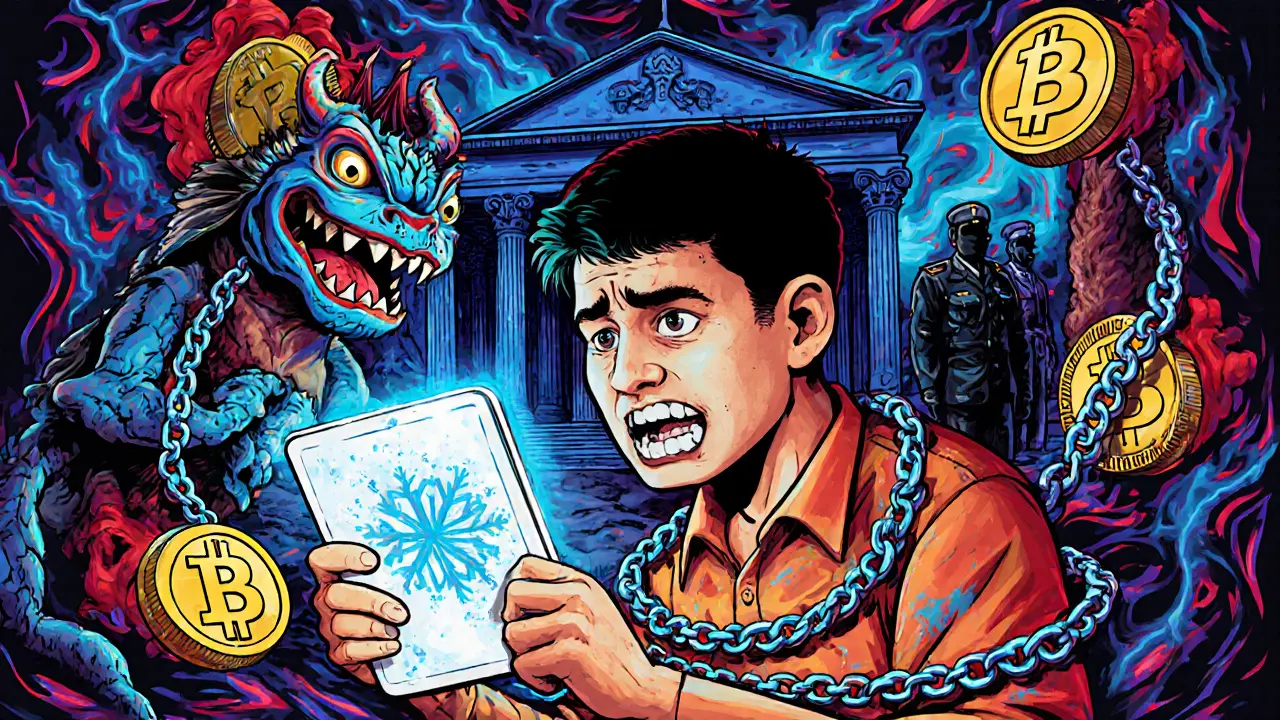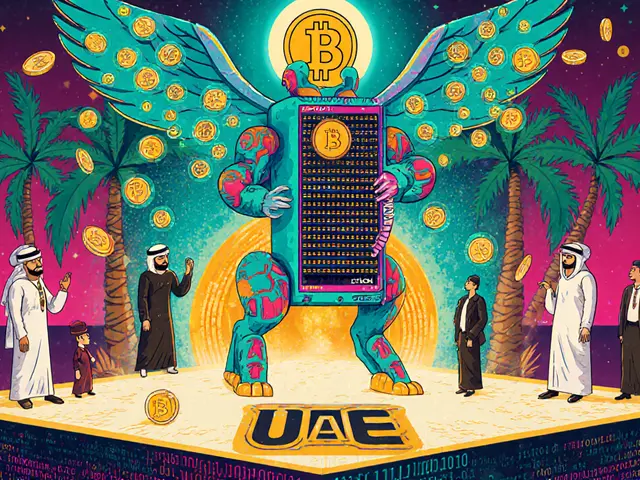Crypto Mining in Myanmar: Risks, Reality, and What You Need to Know
When people talk about crypto mining Myanmar, the practice of using computer hardware to validate blockchain transactions and earn cryptocurrency rewards within Myanmar. Also known as Bitcoin mining in Myanmar, it sounds like a quick way to make money — but in reality, it’s a high-risk gamble with little legal protection and even less electricity access. Unlike countries like Russia or Kazakhstan, where mining is regulated and taxed, Myanmar’s crypto mining scene operates in a legal gray zone — if it’s allowed at all.
Most mining attempts in Myanmar rely on cheap, unstable power and unregulated hardware setups. Farmers have turned their barns into mining farms. Students run rigs from their bedrooms. But the electricity grid is unreliable, and blackouts are common. Even if you get a generator, fuel costs eat into profits. And when the government cracks down — which it has, multiple times — miners lose everything. No warnings. No refunds. Just seized rigs and frozen bank accounts. crypto mining hardware, specialized machines like ASICs used to solve cryptographic puzzles in blockchain networks is expensive, and most buyers in Myanmar get scammed by fake suppliers who take deposits and vanish. The same goes for crypto mining electricity, the power consumption required to run mining rigs, often the largest cost factor. Many are sold on promises of "free energy" from solar or hydro, but those projects rarely deliver.
There’s also the human cost. Young people are lured by TikTok videos showing miners driving luxury cars — but those are usually influencers paid to promote scams. Real mining doesn’t pay unless you control cheap power, own your own equipment, and understand the tax and legal risks. In Myanmar, none of that is guaranteed. Even if you mine successfully, turning your Bitcoin into cash is dangerous. Local exchanges are unregulated, and cash-out attempts often trigger fraud investigations. Many miners end up owing more in fees and bribes than they earned.
What you’ll find in the posts below isn’t a guide to mining in Myanmar — it’s a warning. You’ll read about failed crypto projects, hidden scams, and how people in restricted countries try to hold onto their digital assets when the system turns against them. There’s no magic setup. No secret trick. Just hard truths about power, trust, and survival in places where the rules change overnight.










